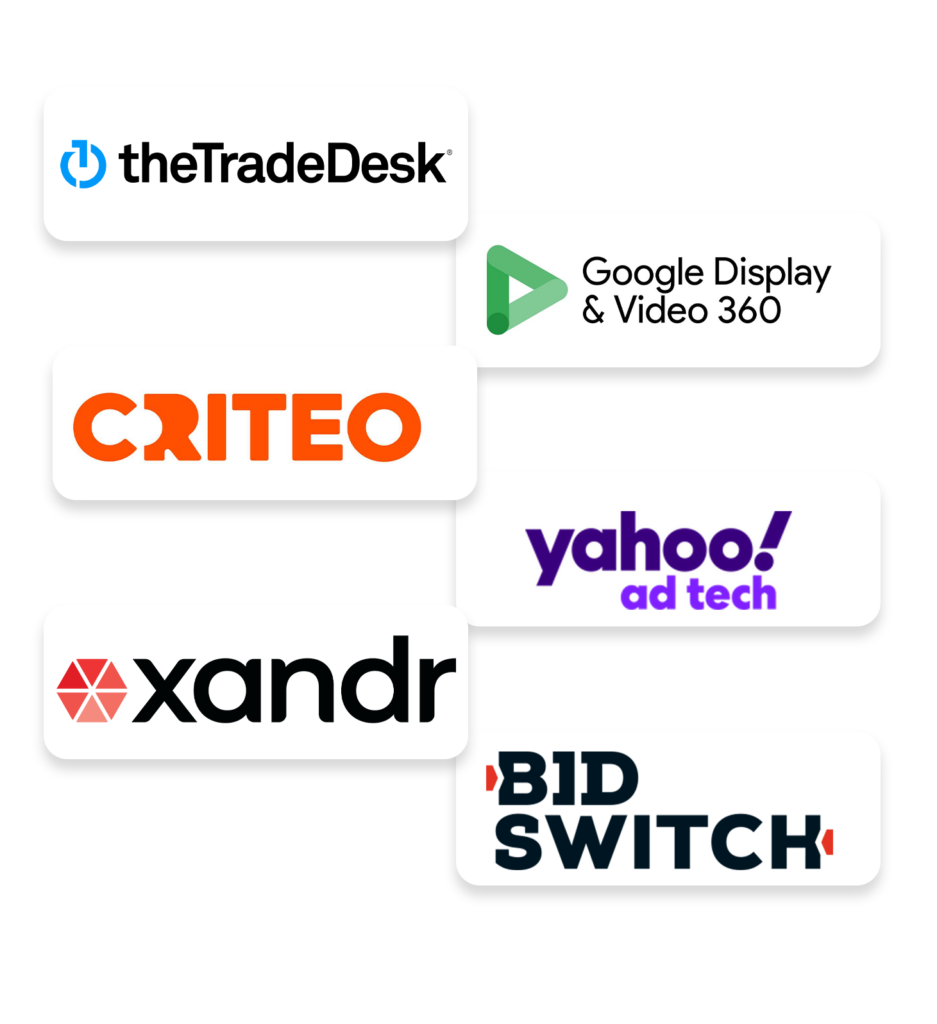
HomeDan Zasloff2024-04-08T16:22:28-07:00







Emodo Drives CTV Advertising Innovation
We do this through:

Dynamic creative formats harnessing the power of AI and purpose-built for CTV

Unique location-backed data heritage that delivers precision and scale

A CTV-first marketplace designed for flexible activation

A rich native and video supply foundation that seamlessly extends to CTV
Top Advertisers
Top Advertisers
Hundreds of top brands and agencies trust Emodo’s unique creative and audience capabilities to reach more customers and drive better advertising results.
Hundreds of top brands and agencies trust Emodo’s unique creative and audience capabilities to reach more customers and drive better advertising results.


PREMIUM PUBLISHERS
PREMIUM PUBLISHERS
The most recognized and respected publishers turn to Emodo to access unique and differentiated demand, enable richer and smarter advertising experiences, and grow their business.
The most recognized and respected publishers turn to Emodo to access unique and differentiated demand, enable richer and smarter advertising experiences, and grow their business.
LEADING DSPs
LEADING DSPs
The industry’s leading DSPs have integrated with Emodo to enable seamless access to innovative ad experiences, future-proofed audiences, and high-quality inventory.
The industry’s leading DSPs have integrated with Emodo to enable seamless access to innovative ad experiences, future-proofed audiences, and high-quality inventory.

WE EARN YOUR TRUST EVERY DAY
WE EARN YOUR TRUST EVERY DAY
Every memorable connection is a building block to our clients’ success.
Every memorable connection is a building block to our clients’ success.
Connect with the revolution
Connect with the revolution
See how Emodo is changing the way connections are made.








